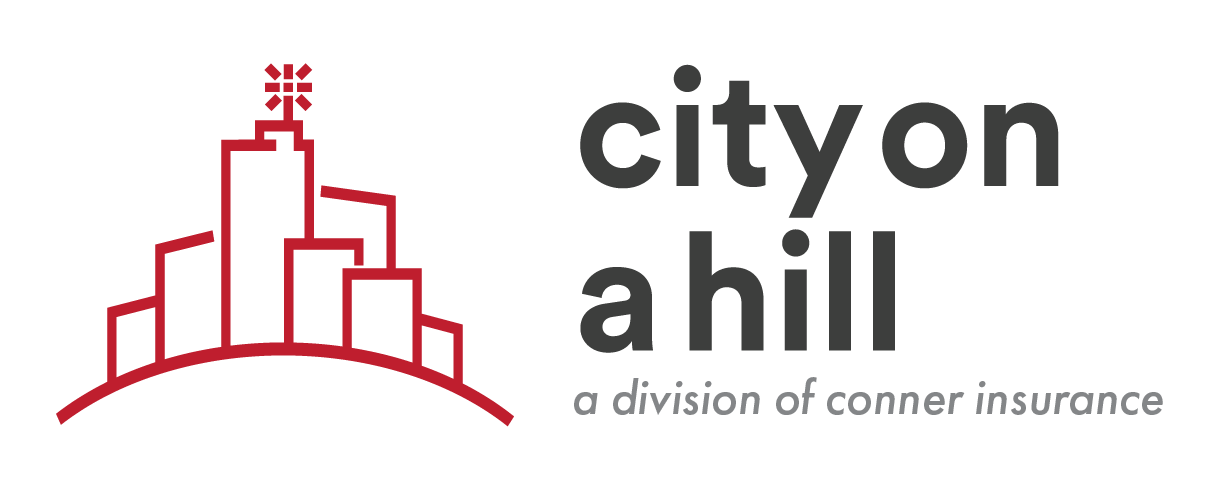Offering group healthcare is something many small Christian schools and churches want to do, however, for some of them, the idea feels out of reach. The thought of making changes to a current plan starting with zero budget or struggling to maintain the existing budget can feel overwhelming.
Tight funds can make healthcare goals seem unattainable for large schools also. Many who may offer group insurance already could be looking into self-funding their plan to benefit from potential cost savings.
There is a way to scale into a practical healthcare plan, one that will work for your organization.
We know money is a big concern for many schools and churches, large or small. Wanting to provide the best for your people and business can feel difficult to accomplish with limited resources. We also know that extreme changes and large jumps in existing plans aren’t practical.
Usually, if you want to provide a group plan for your school, we estimate your cost per employee and say that number will be X. If you need ten people on that plan, you need to figure out how to go from a zero dollar budget to a 70 or 100,000 budget. An intimidating task to accomplish.
So, let’s meet where you are.
If you are at zero dollars, let’s start there. We know that a 70 – 100,000 increase in budget feels unrealistic. Instead, let’s build a strategic plan where each month you contribute more to each employee’s health insurance, gradually making a difference.
With a strategic plan, we can focus on how your short and long-term goals will be met. As an ongoing process, we use available knowledge and set your organization’s intended direction to get you where you want to be. Beginning where you are.
The choice to keep your benefits the way they are can be easy. But continuing with your current benefits will create the same problem next year — no access to improved healthcare benefits for your people.
There are more options than you think, even with a zero-dollar budget.
You can facilitate your plan as a voluntary offering, like Obamacare — which can provide more extensive coverage without added costs. Or group care, an option that allows small employers to collectively offer healthcare to their employees.
Start there, and then contribute in different ways to build your plan up. There are a lot of subsidies currently available right now that can help small schools and churches get the healthcare they need for their people.
The passion to provide your employees with the best coverage is strong and for some, that desire comes ahead of personal income. In that case, the government can cover a great deal of the premium for you. This enables a small Christian school to expand into group healthcare plans without having to jump.
Changing your benefits, even in small ways, is an impressive turning point for any organization. By investing the time to review your insurance options and design the right strategic plan, you can find the right plan that meets your employees’ needs.
Offering group healthcare with a zero-dollar budget can feel impossible. But by meeting you where you are, discussing your goals, and designing a strategic plan we can unlock the hidden potential within your healthcare plan.









